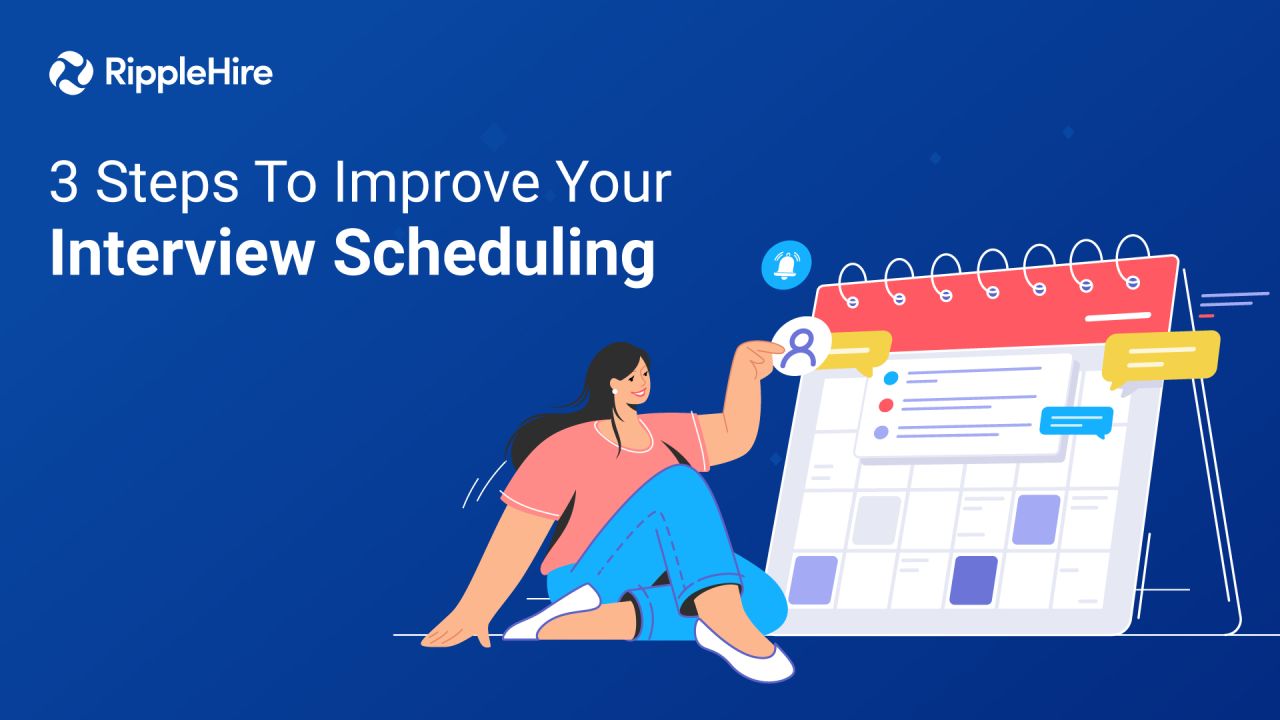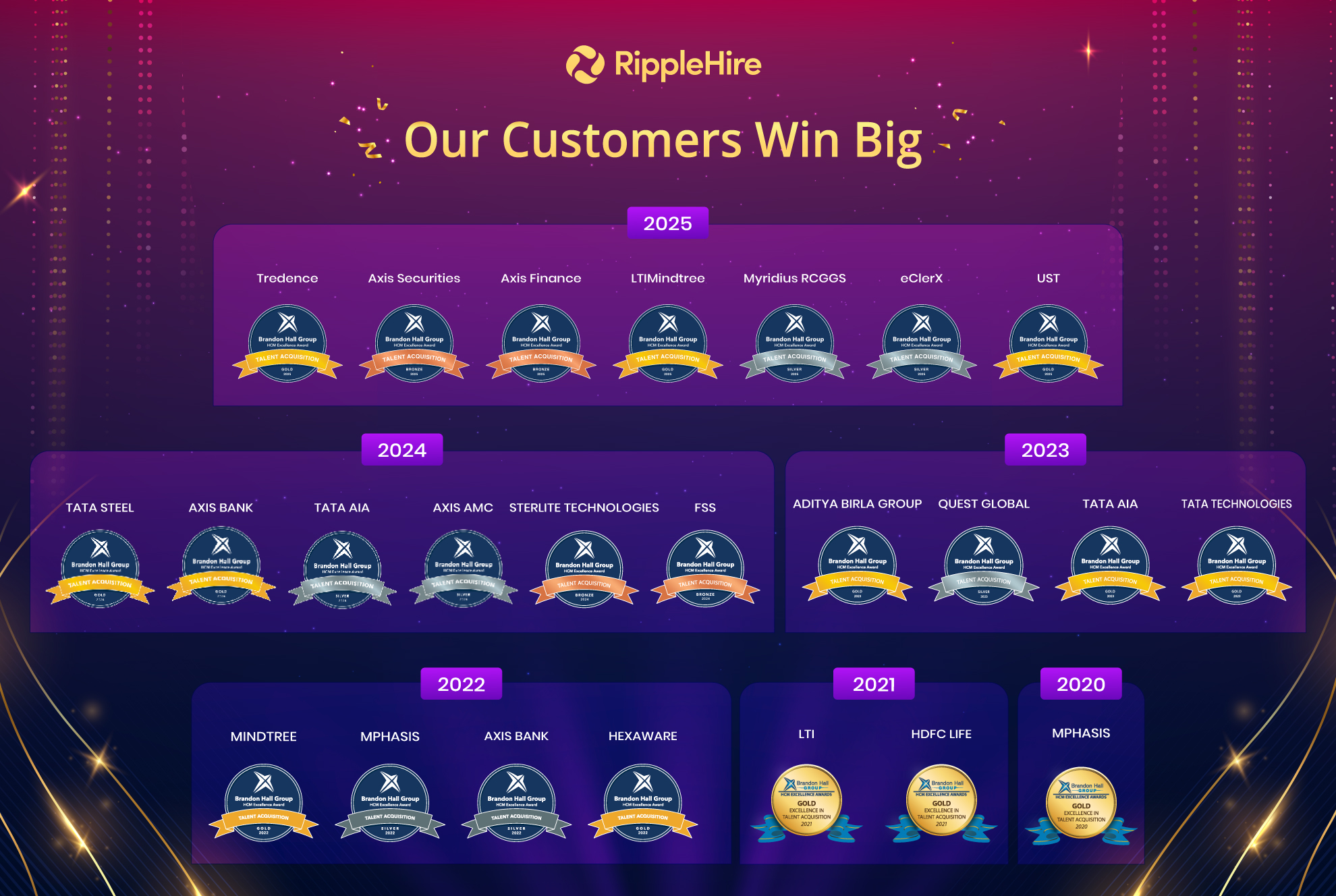3 Smart Ways to Streamline Interview Scheduling in 2025
Introduction: The Hidden Time Sink in Recruitment
Ask any recruiter or talent acquisition manager, and they’ll tell you—interview scheduling is where precious hours go to die.
Between coordinating calendars, sending reminders, managing last-minute cancellations, and chasing hiring managers for availability, it’s easy to get buried in the admin instead of driving real outcomes.
But this process doesn’t have to be a bottleneck.
In this post, we’ll show you three practical, high-impact steps to simplify interview scheduling. These are easy to implement, tech-enabled, and guaranteed to free up your bandwidth—so you can focus on what really matters: finding and closing the right candidates.
Step 1: Streamline the Scheduling Process
Use technology to reduce the back-and-forth.
Manual scheduling is outdated and inefficient. In 2025, there’s no reason not to automate the bulk of it. Tools like Calendly, Doodle, or advanced features within your Applicant Tracking System (like RippleHire) can take over the grunt work.
Look for systems that integrate with your recruiters’ calendars, support automated time zone detection, and offer one-click rescheduling for candidates. If you’re on RippleHire, panel availability syncs automatically—so there’s no need to chase hiring managers for slots.
Set expectations early.
Clear instructions on next steps, timelines, and points of contact reduce confusion and build trust with candidates. Use email templates or auto-responses to stay consistent.
Standardize internal coordination.
Want to avoid delays? Use shared scheduling templates and calendars across teams. When everyone knows the process, things move faster—especially in high-volume hiring.
Step 2: Optimize Interview Timing and Location
Give candidates flexibility.
Not everyone can take an interview call at 2:00 PM on a Tuesday. Offer early morning, lunch-hour, or evening slots. Flexibility increases attendance rates and makes your brand more candidate-friendly.
Use video interviews strategically.
Remote interviews aren’t just for remote roles. They help reduce scheduling friction, save travel time, and allow for quicker turnaround. They also open doors to wider talent pools.
Make physical interviews frictionless.
If the interview is on-site, think like a host. Ensure the location is easy to access, has proper signage, and offers essentials like Wi-Fi and comfortable seating. A poor logistical experience can sour even the best interview.
Step 3: Close the Loop with Clear Communication
Automated reminders are your friend.
Automated SMS or email reminders reduce drop-offs dramatically. They also help candidates feel taken care of and in control of the process.
Respond promptly to queries.
Candidate questions, especially about logistics, shouldn’t wait 72 hours. Set a 24-hour SLA for responses to keep the process moving and prevent drop-offs.
Always close with feedback.
A ghosted candidate is a bad brand story waiting to happen. Whether the answer is a yes or no, close the loop. You don’t just help them improve—you leave them with a lasting impression of your employer brand.
Final Thoughts: Interview Scheduling Shouldn’t Be a Burden
Interview scheduling may not be flashy, but it’s foundational.
A disorganized, slow process reflects poorly on your employer brand. On the flip side, a streamlined, respectful scheduling experience builds trust, improves offer acceptance rates, and reduces time-to-fill.
With RippleHire, interview coordination becomes effortless. From smart slot suggestions to automated follow-ups, RippleHire’s High-Performance ATS helps recruiters eliminate friction and save hours each week.
You don’t need a huge overhaul. Start with these three steps—and let your team focus on what they do best: hiring great people.
FAQs
1. What are the biggest interview scheduling challenges recruiters face?
Coordinating calendars, managing reschedules, handling last-minute cancellations, and lack of automation are the biggest time sinks in the interview process.
2. How can I reduce candidate no-shows?
Use automated reminders, provide flexible time slots, and confirm interviews via multiple channels (email, SMS, calendar invite).
3. Is video interviewing better than in-person interviews?
It depends on the role, but for early rounds, video interviews save time and reduce logistical complexity. They’re also more scalable in high-volume hiring.
4. What role does an ATS like RippleHire play in interview scheduling?
A high-performance ATS like RippleHire integrates recruiter and panel calendars, automates follow-ups, provides availability insights, and manages scheduling end-to-end—saving recruiters 10+ hours a week.
5. Should I provide feedback to every candidate?
Yes, especially those who reach the interview stage. Even short, constructive feedback improves the candidate experience and reinforces your employer brand.






